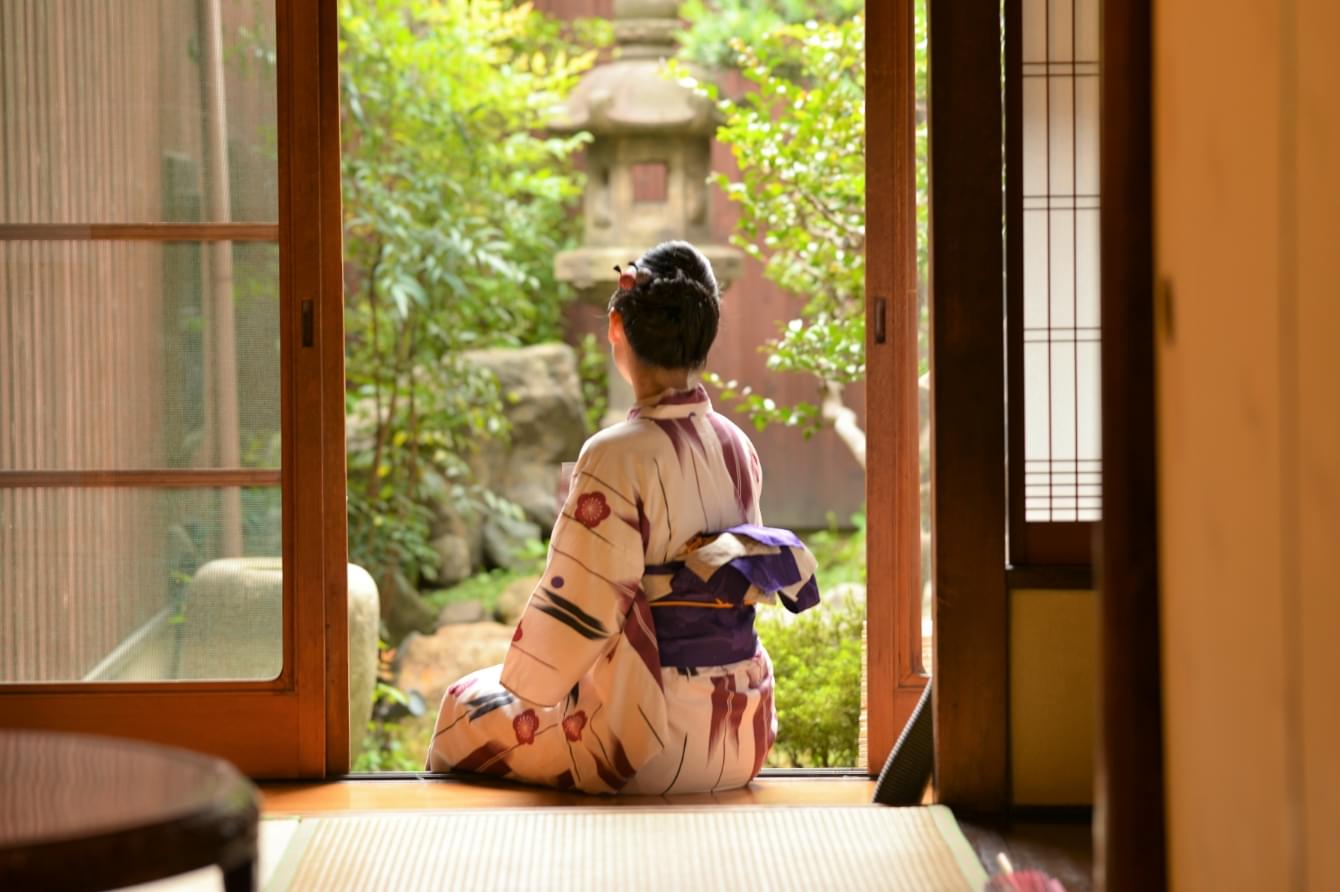
In the famous Japanese Classical Court Literature Book ”Makura no Soshi” (Pillow Book , circa1000AD) it is
written that the climate of Kyoto is, “Winter: the cold sleep through feet,” and “Summer: hills cut off
winds”. Kyoto’s climate features, “Chilled to Bone in the Winter” temperatures and “Heat and Humidity in
the Summer”. These extreme variations are created by the geography of the land upon which Kyoto is
situated. Kyoto is located in a valley, surrounded on 3 sides by mountains with the south open. About ten
thousand years ago, a lake covered the Kyoto area.
The Kyoto Valley was formed and built up by sedimentary deposits carried from the nearby mountains. The
ponds “Shinsenen” and “Midorogaike” still remain in Kyoto as evidence of the ancient lakes that were
filled by rain washed mountain sediments. This “ancient lake” area is the reason for the many springs that
help create an extremely humid environment. These unique characteristics make Kyoto a place of outstanding
natural beauty with tremendous seasonal changes. ”Chilled to the Bone in the Winter”, the “Heat and
Humidity of Summer” in contrast to the “Mild Spring and Fall”.
-

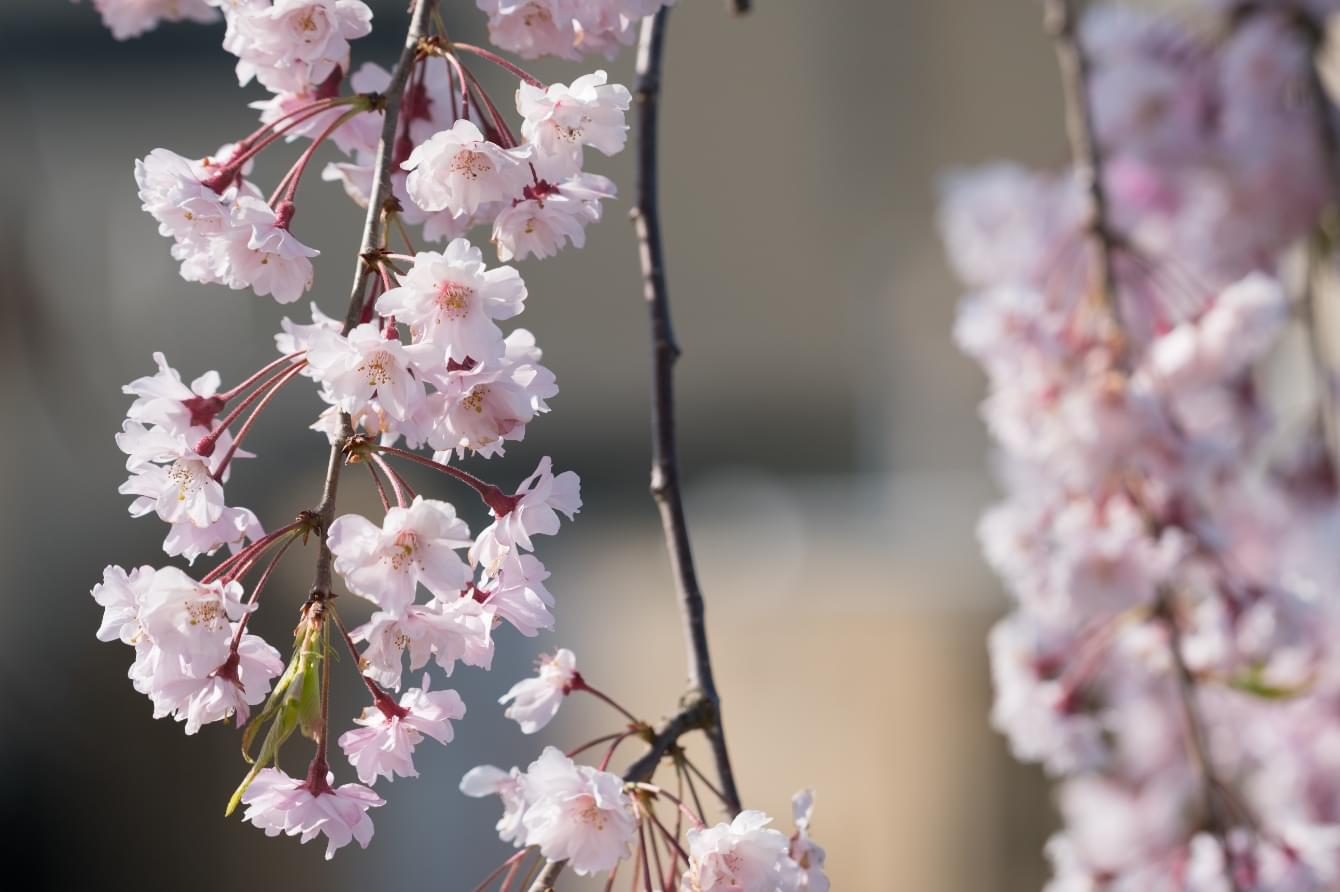
The Weeping Cherry Blossom is regarded as the “prefecture” flower of Kyoto. There are numerous cherry blossom viewing spots. Cherry Blossom “season” brings many tourists to Kyoto to celebrate the arrival of Spring. “Hana-bie” is a seasonable word for spring, meaning the coldness returning once again in cherry blossom time. Walks along the Cherry Blossom viewing spots or Cherry Blossom viewing parties can be quite enjoyable, but bring some warm clothing to protect against a sudden chill air!
Sightseeing / Activities / Things to Do:
- Cherry Blossom Viewing Spot: Night viewing of illuminated weeping cherry trees in Maruyama Park located in the Gion district.
- Jyonan-gu (Shrine): A charm against bad luck, Shinto ritual for cars, “Kyokusui no Utage” (An elegant poetry game)
- Aoi-Matsuri(Hollyhock Festival)
-

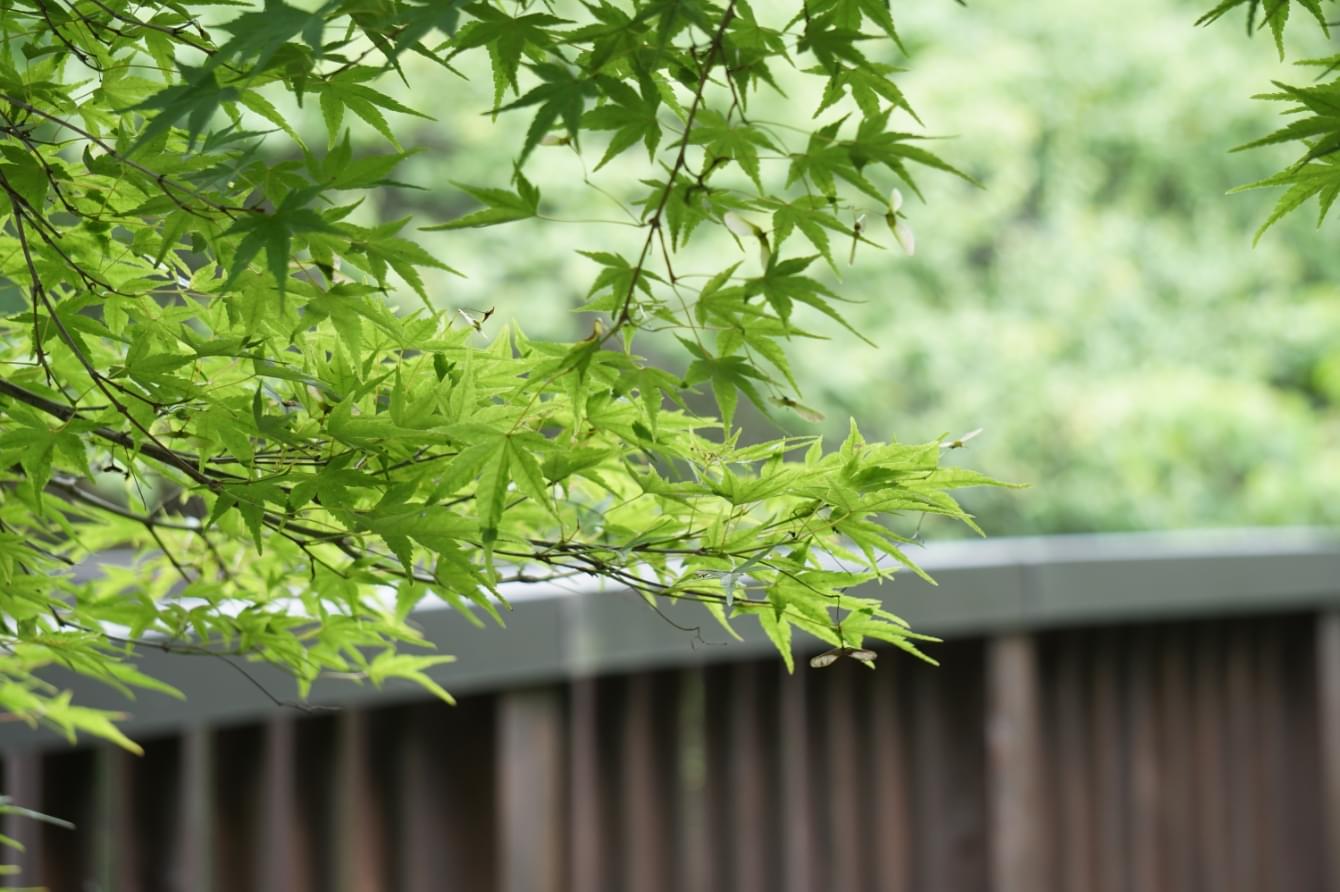
As Kyoto is located in a valley, humid air tends to linger as the surrounding mountains block cooling breezes. Kyoto’s Summer is not so harsh as a tropical climate with sweltering nights, but a sunny day can get us sweaty without any activity. This “Kyoto Summer Heat” is called “Abura-Deri”. The high pitched chirp of cicadas that assails our ears makes us feel even hotter. But, just take a walk in Kyoto and take a rest in shade of a big tree at a shrine or temple, and the sweat and grogginess created due to “Abura-Deri” will be instantly eliminated. You will feel the same refreshing breezes blowing through the trees that the ancient Kyoto people would did.
Sightseeing / Activities / Things to Do:
- Gion-Matsuri (Gion Festival)
- Gozan-no-Okuribi (Sending-Off Fire Festival for the spirits of deceased family members)
- Noryo-Yuka (A Wooden Terrace over the Kamo River)
-

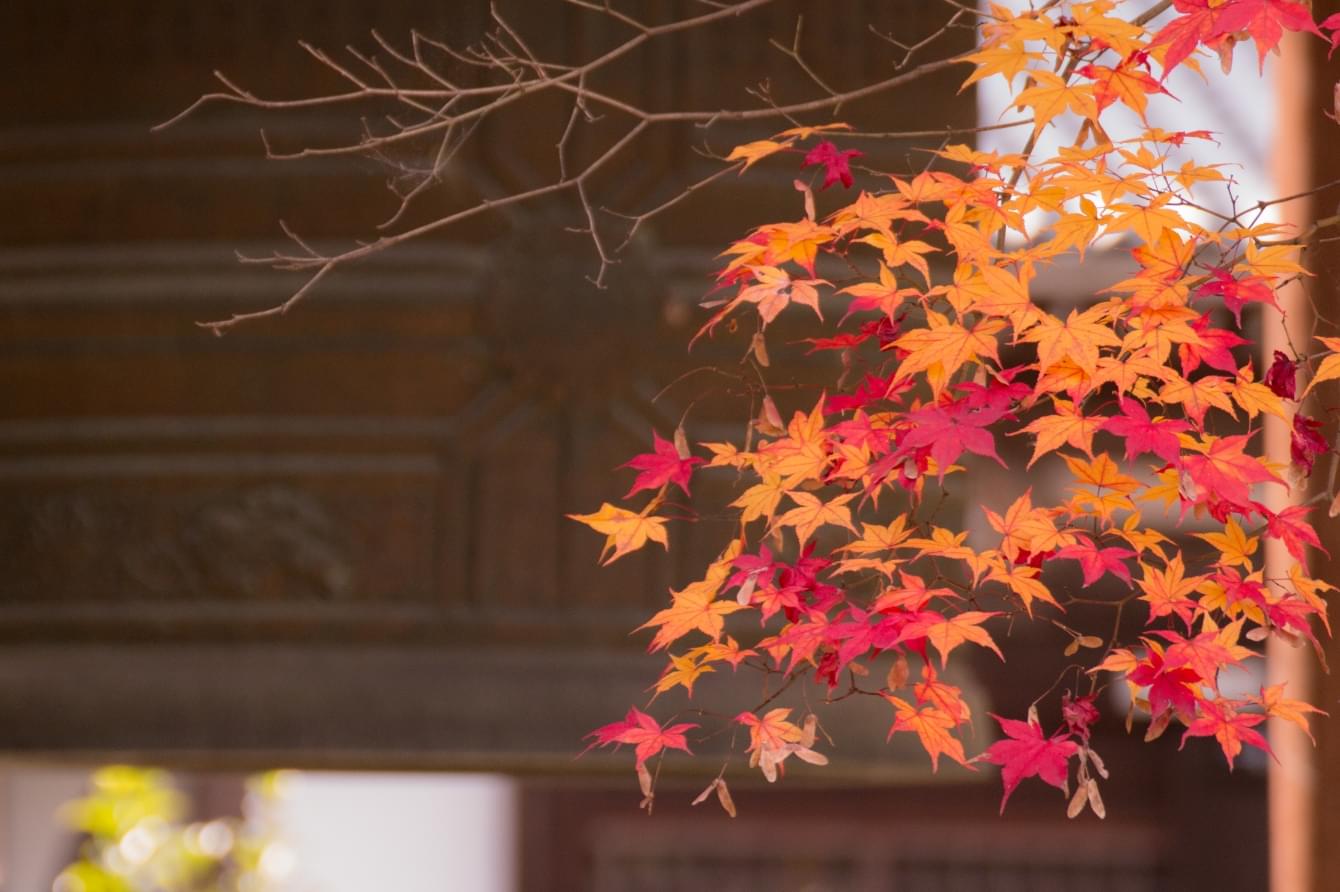
In early Fall, when you start feeling the cool air, Kyoto attracts the most tourists. During this season, with leaves falling, Kyoto looks the most beautiful with an ancient atmosphere. Usually, the best time for viewing the many fall colors of maple leaves is from the middle of November to the middle of December, after the Japanese Wax trees turn red. The beautiful scenery with red, yellow and brown leaves spread on the stone paths in shrines or temples really touches our hearts. When you walk on the leaves during a serene time, you will hear the elegance sound of the rustling leaves created by the passage of your feet.
Sightseeing / Activities / Things to Do:
- Japanese Clover, one of the seven famous wildflowers in Fall (Time of Bloom: the Middle of
September)
Kodai-ji (Temple), Nashinoki-Shrine (It is famous for the Japanese Clovers. The Clover Festival is taken place around the third or fourth Sunday in September.) - Jidai-Matsuri (Festival of the Ages)
- Kiyomizu-dera (Temple)
- Japanese Clover, one of the seven famous wildflowers in Fall (Time of Bloom: the Middle of
September)
-

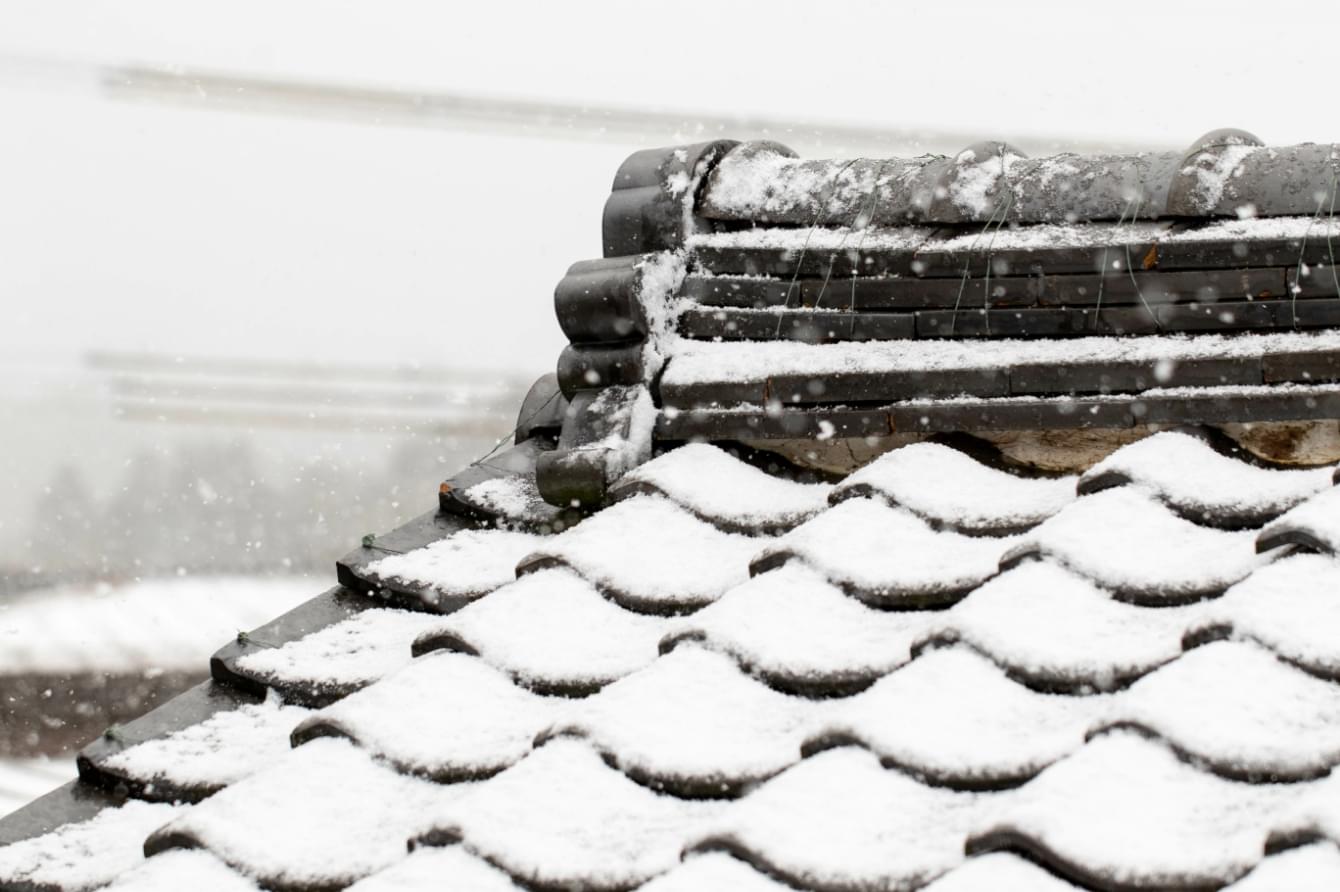
If you enjoy the walks along the Kamo River on a cold crisp winter morning, you will see the heartwarming sight of a numerous gulls swimming in a line beyond your white plume of exhaled breath. Also, you might be captivated by the scenery of the Red Camellias growing along the Bamboo fences in alleys when you walk in now “colorless”, post Fall Kyoto. The brightness in the Red Camellias lightly dusted with snow is a breathtaking contrast to a gray winter day.
Sightseeing / Activities / Things to Do:
- Nanzen-ji (Temple): Water Bridges, Yudofu (Simmered Tofu in an earthen pot)
- To-ji (Temple), Kobo-san (A famous Flea Market)
On the 21st of each month a Flea Market featuring a variety of antiques, clothes and pottery etc. is held on the grounds of To-ji. The Flea Market in December is called “Shimai-Kobo” where more than 1,000 stalls are open. A lot of tourists visit To-ji from many places in Japan. - Fushimi Inari-taisha (Shrine) (It is famous for the New Year’s visit to the Shinto Shrine for wishing success in business.)
